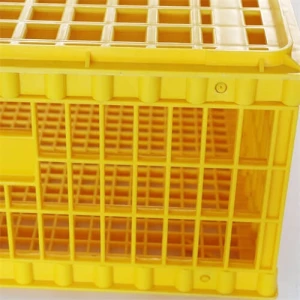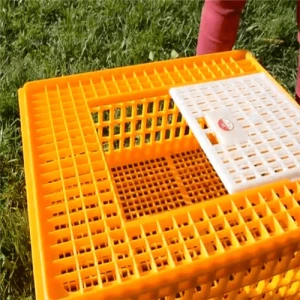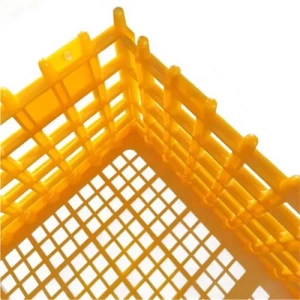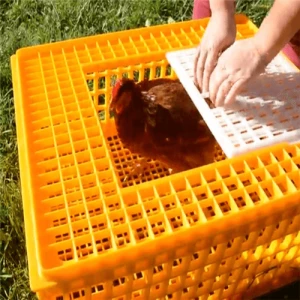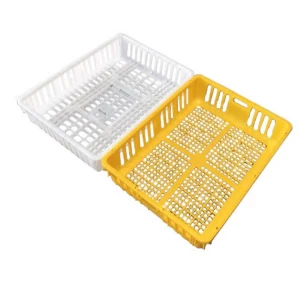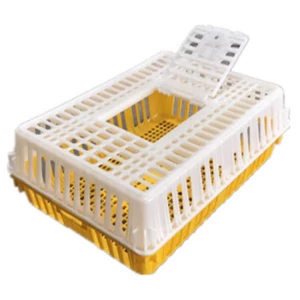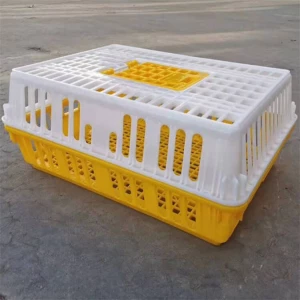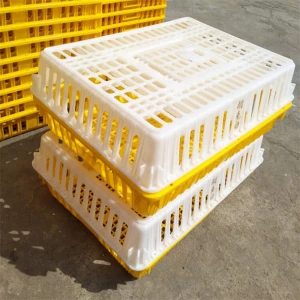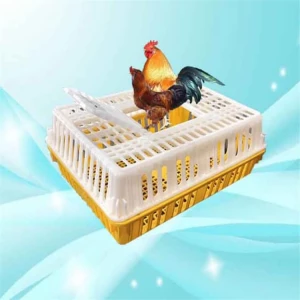Everything You Need to Know About Crates for Packaging and Storage
Crates are essential for efficient packaging, storage, and transportation across industries. Whether you need durable shipping containers or modular storage solutions, understanding the right type of crate can save costs and improve logistics. This guide covers how to source reliable crates from China, key buyer considerations, and practical applications.
How to Find Reliable Crates from China in 2025
China remains a top supplier of cost-effective and high-quality crates. To identify trustworthy manufacturers:
- Check certifications like ISO 9001 for quality management.
- Review supplier portfolios on platforms like Alibaba or Made-in-China.
- Request samples to test durability and load capacity.
- Compare MOQs (Minimum Order Quantities) and lead times.
For example, Guangdong-based suppliers often specialize in plastic crates with a 5-year warranty, while Zhejiang factories offer customizable wooden crates for heavy machinery.
What Buyers Should Know Before Buying Crates from China
Key considerations include:
- Material: Plastic crates resist moisture; wooden crates handle heavy loads.
- Logistics: Foldable designs reduce shipping costs by 30%.
- Compliance: Ensure crates meet ISPM 15 standards for international shipments.
Negotiate bulk discounts—orders over 1,000 units often get 10-15% price cuts.
Types of Crates
Common variants include:
- Plastic crates: Lightweight, stackable, and reusable (e.g., for agriculture).
- Wooden crates: Ideal for heavy or fragile items (e.g., automotive parts).
- Metal crates: Used in high-temperature environments (e.g., aerospace).
Functions and Features of Crates
Modern crates offer:
- UV resistance for outdoor storage.
- Nesting designs to save 40% space when empty.
- RFID tags for inventory tracking.
Scenarios of Crates
Top use cases:
- Retail: Milk crates with ventilation for perishables.
- Manufacturing: Steel-reinforced crates for engine transport.
- E-commerce: Reusable crates for last-mile delivery.
How to Choose Crates
Match crates to your needs:
- Calculate load capacity (add 20% buffer).
- Prioritize stackability if warehouse space is limited.
- Opt for anti-slip bases for safety.
Crates Q & A
Q: How long do plastic crates last?
A: High-density polyethylene (HDPE) crates endure 8-10 years with proper care.
Q: Are wooden crates eco-friendly?
A: Yes, especially when made from FSC-certified timber.
Q: Can crates be recycled?
A: Plastic and metal crates are 100% recyclable; wooden crates can be repurposed.
Q: What’s the average cost per crate?
A: $5-$20 for standard sizes, depending on material and order volume.
Q: How to clean crates?
A: Use mild detergent for plastic; avoid high-pressure washing for wooden crates.



